can lights in kitchen area - California
Dks35 Manning
11 years ago
Related Stories
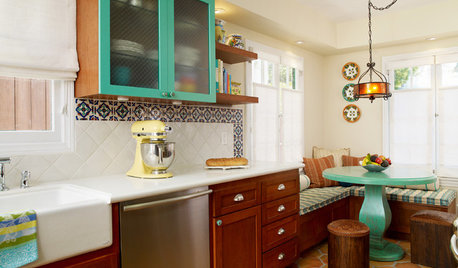
KITCHEN DESIGNKitchen of the Week: 1920s Renovation in California
An outmoded kitchen for a family gets modern amenities, a fresh teal-accented palette and smart lighting
Full Story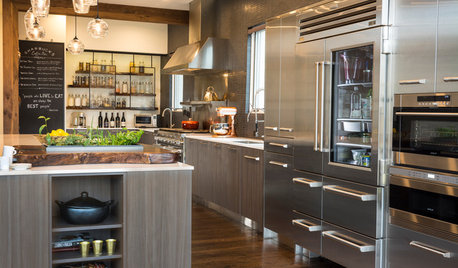
KITCHEN DESIGNKitchen of the Week: Professional Chef Style Meets California Warmth
A mix of stainless steel and walnut, personalized features and a new dining area complete this chef’s kitchen
Full Story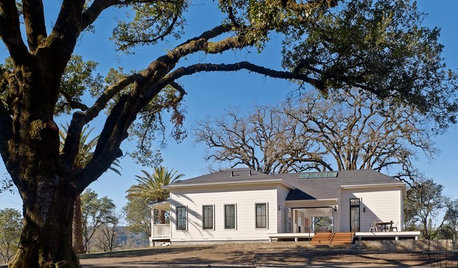
VACATION HOMESHouzz Tour: Reviving a Farmhouse in California’s Wine Country
A rickety 1800s home gets a more contemporary look and layout, becoming an ideal weekend retreat
Full Story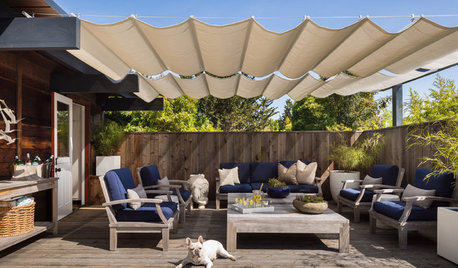
MIDCENTURY HOMESHouzz Tour: How Can We Get Invited to This Awesome Midcentury Home?
A redwood-clad gem in California’s Marin County features a dreamy outdoor oasis with an open-door policy for the homeowners’ friends
Full Story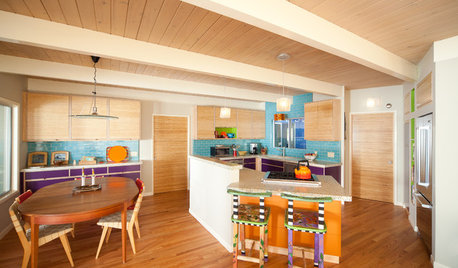
KITCHEN DESIGNKitchen of the Week: Colorful Hub in Southern California
Smack dab in the center of the home, this vibrant San Luis Obispo kitchen faced heavy foot traffic as its biggest challenge
Full Story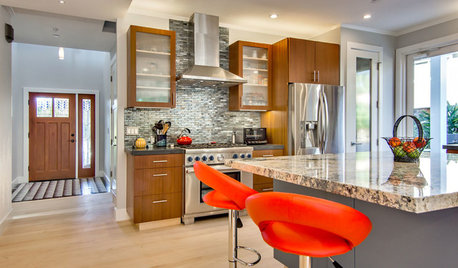
KITCHEN DESIGNKitchen of the Week: Breathing Room for a California Family
Wide-open walkways and generous storage give a couple who love to host all the kitchen space they need
Full Story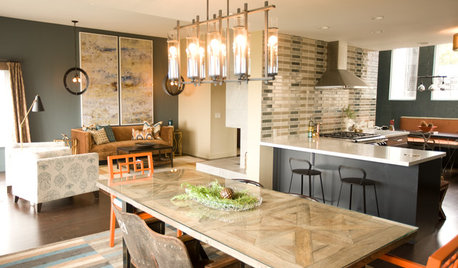
KITCHEN DESIGNKitchen of the Week: Navy and Orange Offer Eclectic Chic in California
Daring color choices mixed with a newly opened layout and an artful backsplash make for personalized luxury in a San Francisco kitchen
Full Story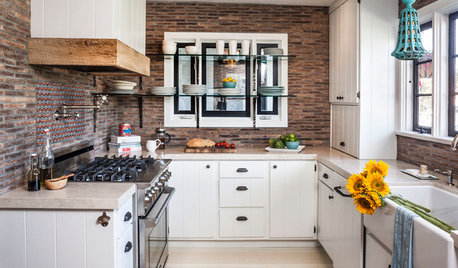
KITCHEN DESIGNKitchen of the Week: Contemporary Meets Rustic in Southern California
New cabinetry and finishes bring this kitchen up-to-date, but vintage elements give it a hint of the past
Full Story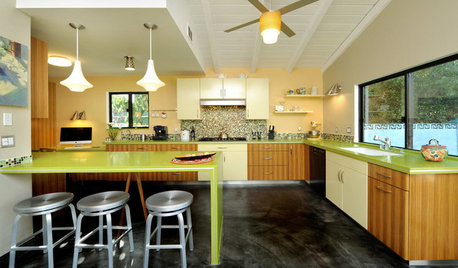
GREENKitchen of the Week: Green and Gorgeous in California
An apple-green countertop color matches this kitchen renovation's green approach: ecofriendly floors, sustainably harvested wood and more
Full Story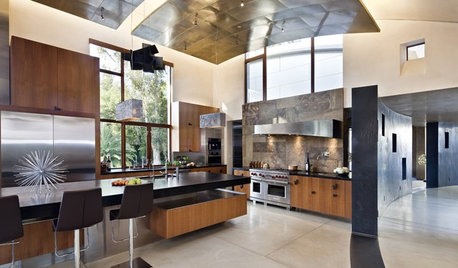
HOUZZ TOURSHouzz Tour: A California Home Designed by Nature
Bay Area's WA Design creates a stunning hillside home inspired by its unique building site
Full Story





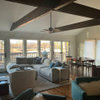
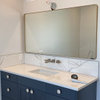
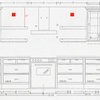
David
Dks35 ManningOriginal Author
Related Professionals
Englewood Lighting · Palm Springs Lighting · Athens Furniture & Accessories · Franklin Furniture & Accessories · Medford Furniture & Accessories · Mesa Furniture & Accessories · Milwaukee Furniture & Accessories · Carlsbad Furniture & Accessories · Bethany Decks, Patios & Outdoor Enclosures · Houston Decks, Patios & Outdoor Enclosures · Marlboro Decks, Patios & Outdoor Enclosures · Midlothian Decks, Patios & Outdoor Enclosures · Morgan Hill Decks, Patios & Outdoor Enclosures · Owings Mills Decks, Patios & Outdoor Enclosures · West Palm Beach Decks, Patios & Outdoor EnclosuresDks35 ManningOriginal Author
attofarad
Dks35 ManningOriginal Author
wws944
Dks35 ManningOriginal Author
David
Dks35 ManningOriginal Author
lee676